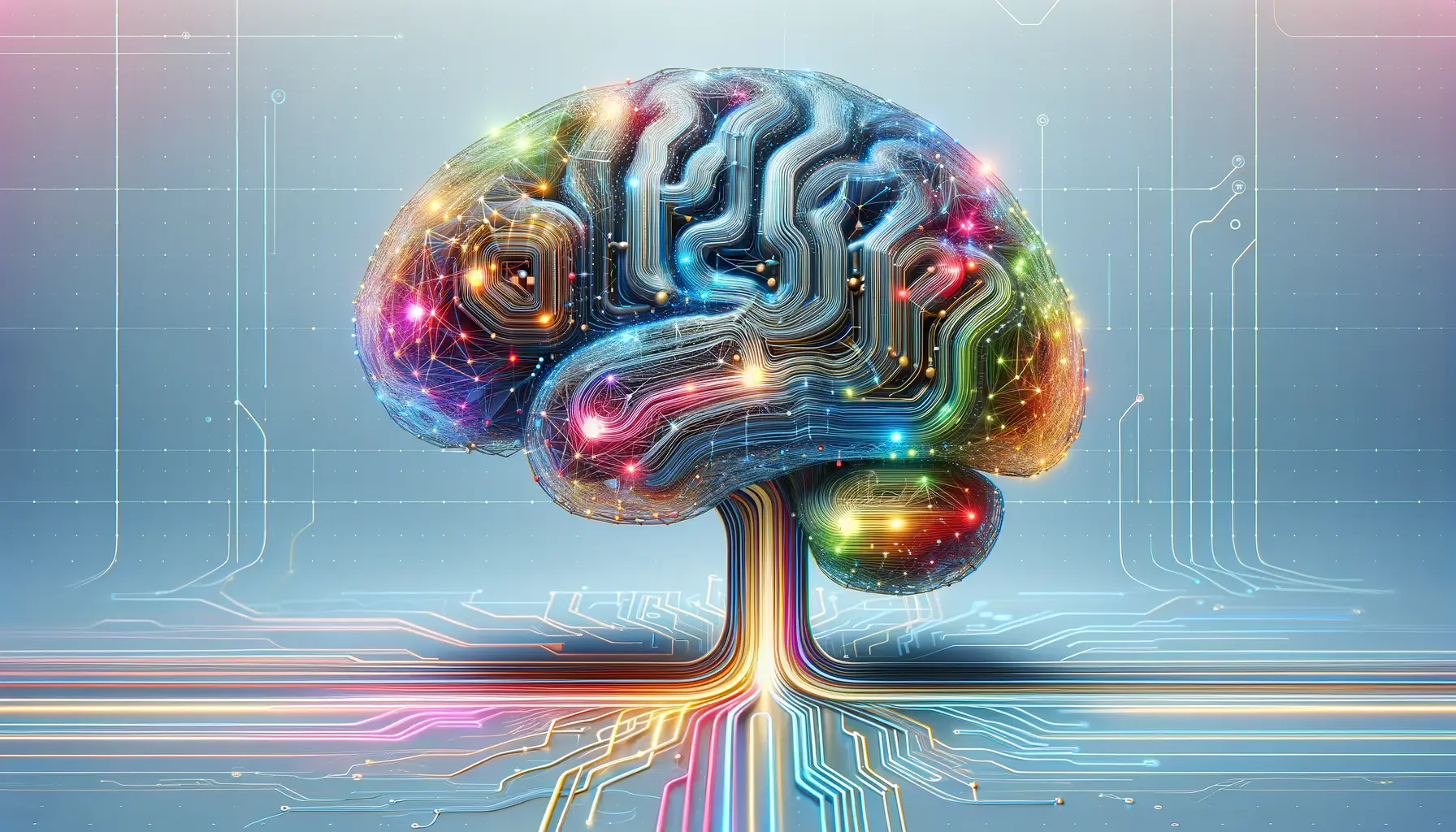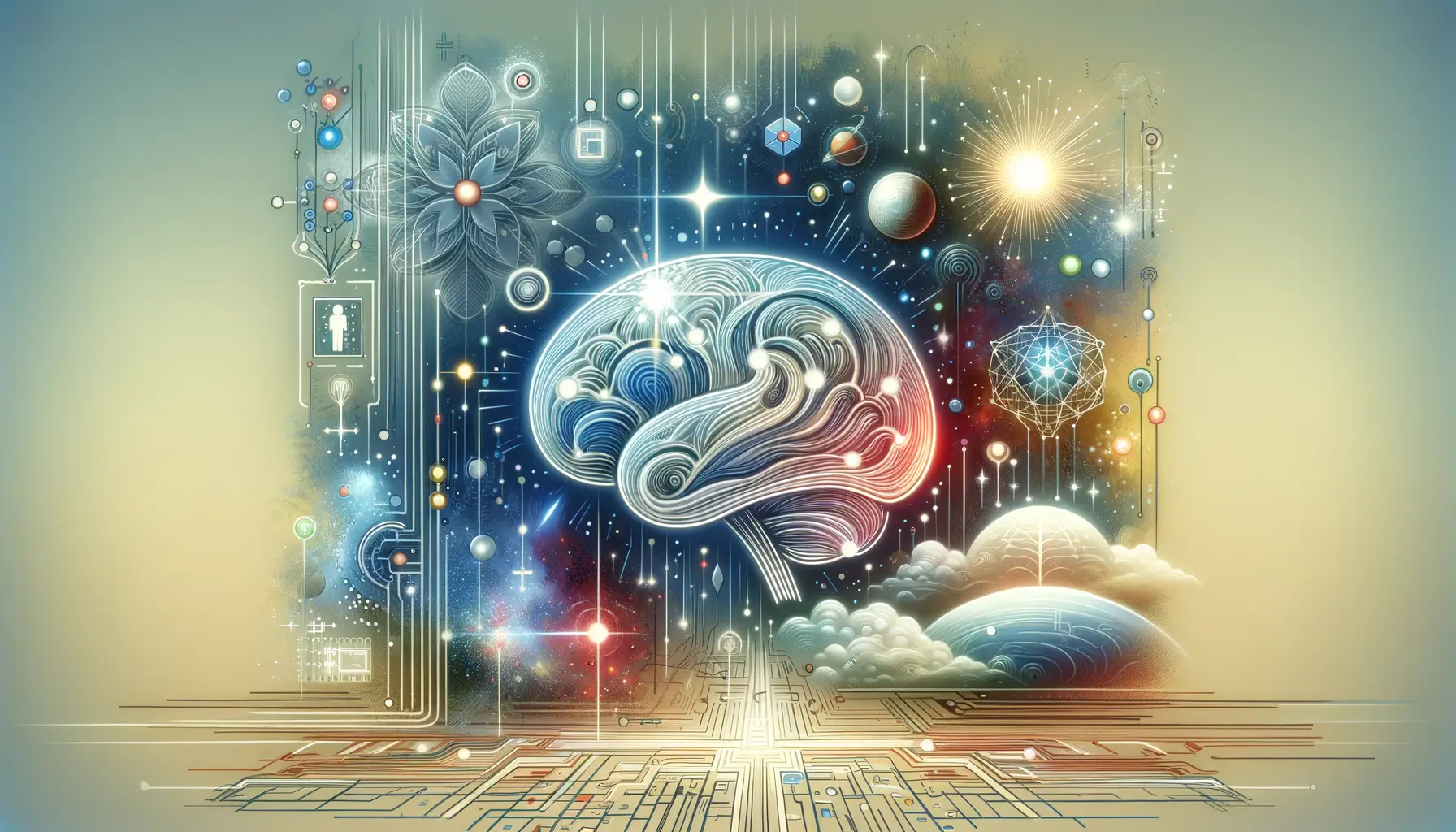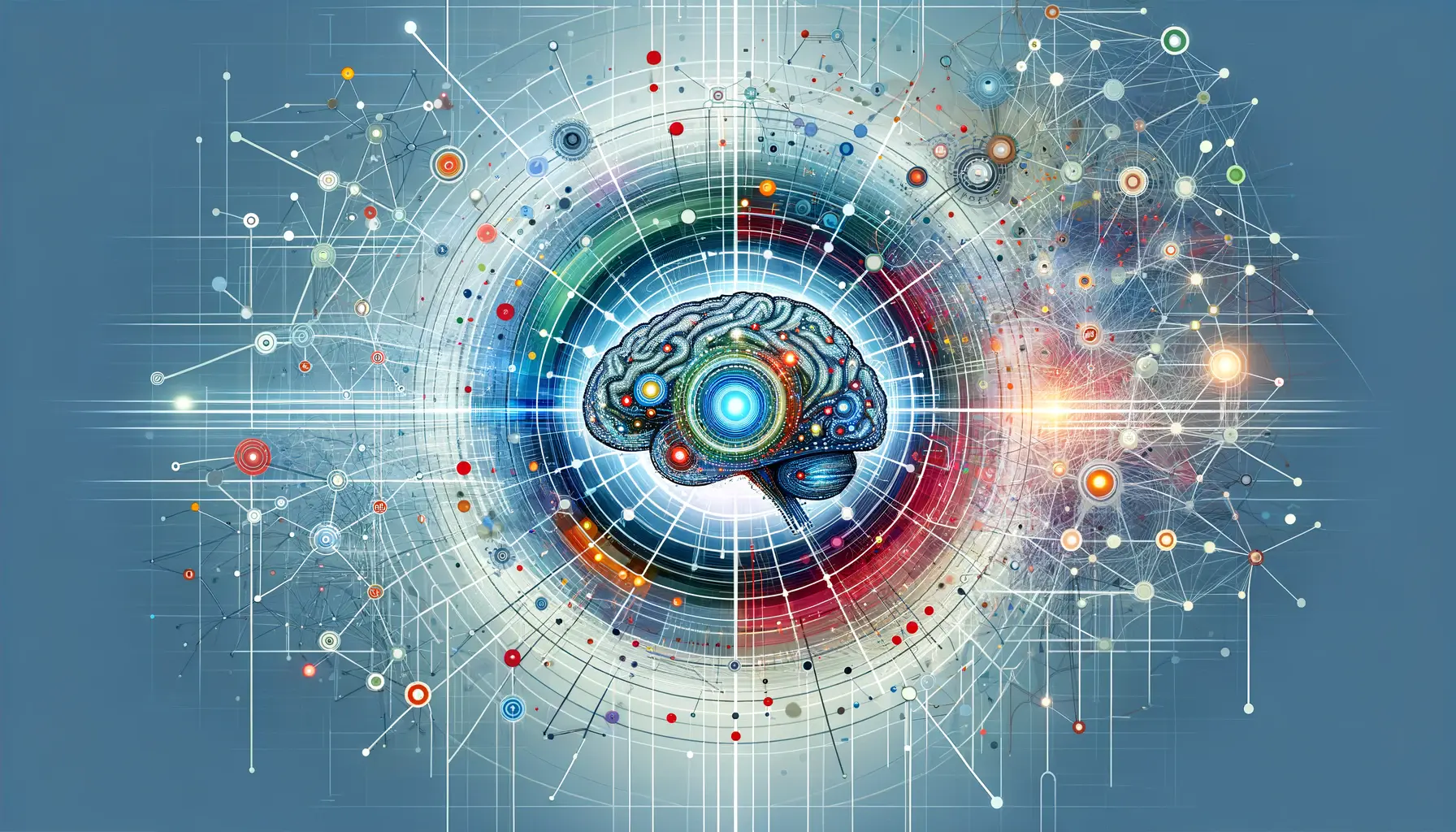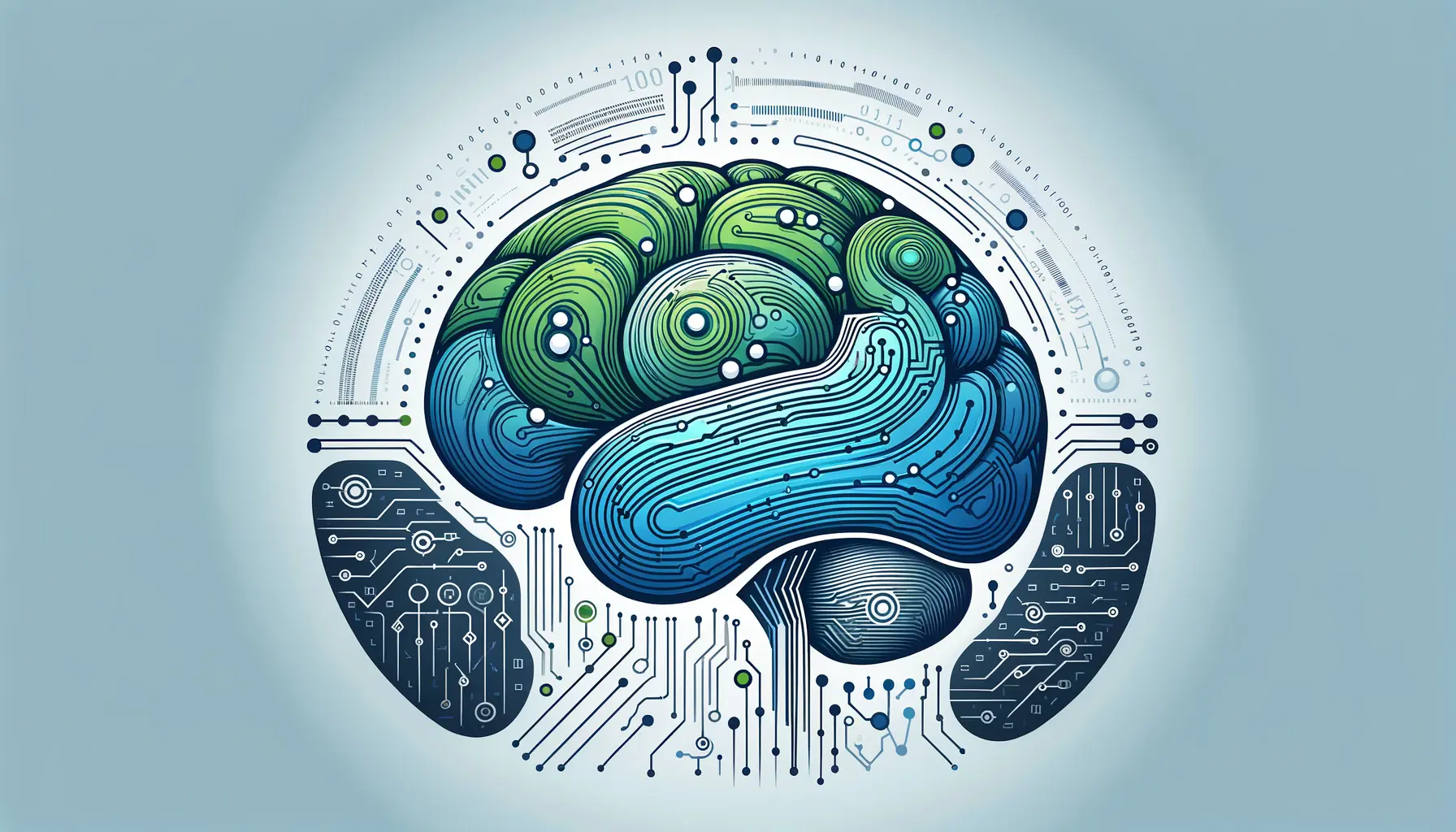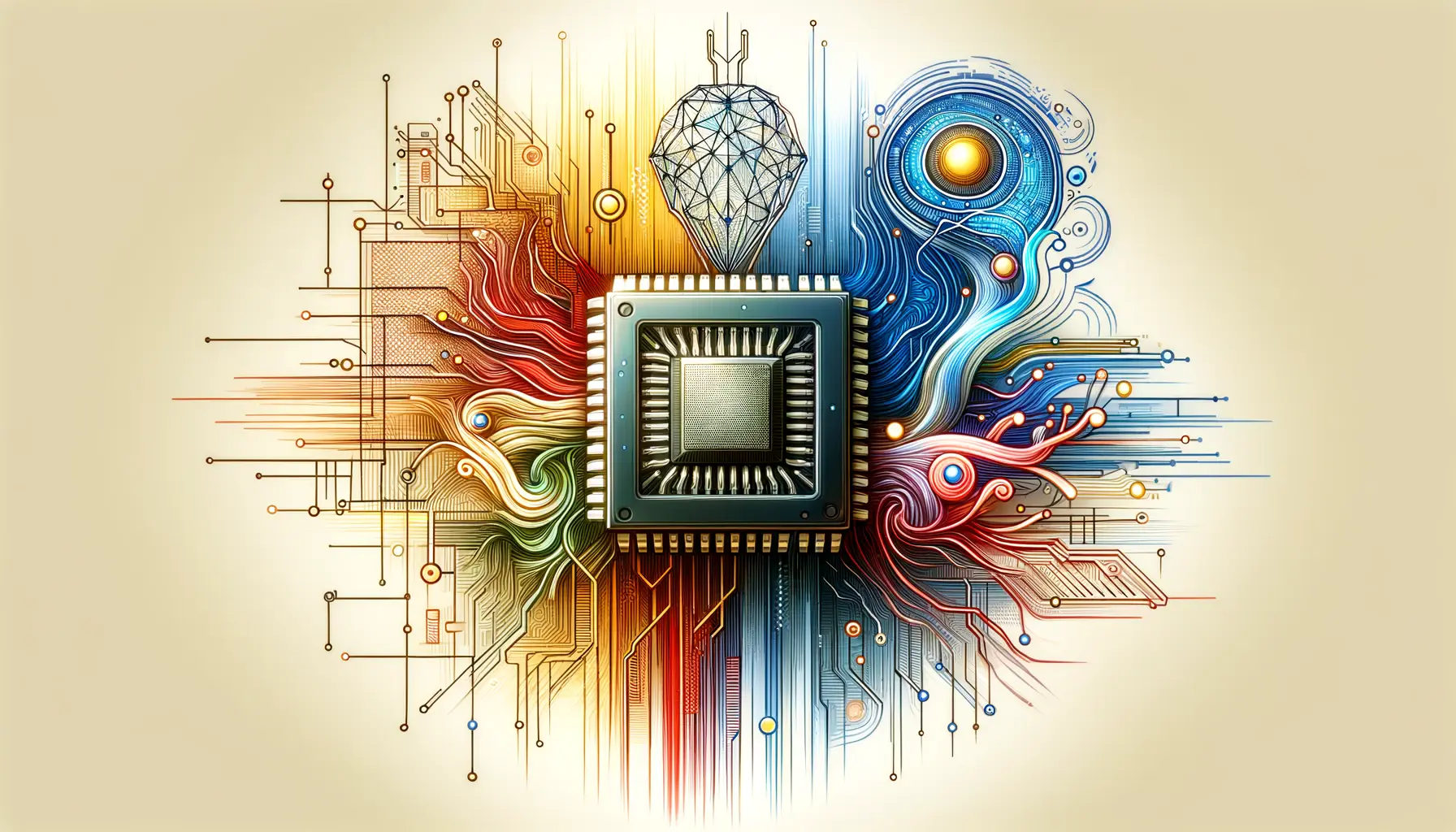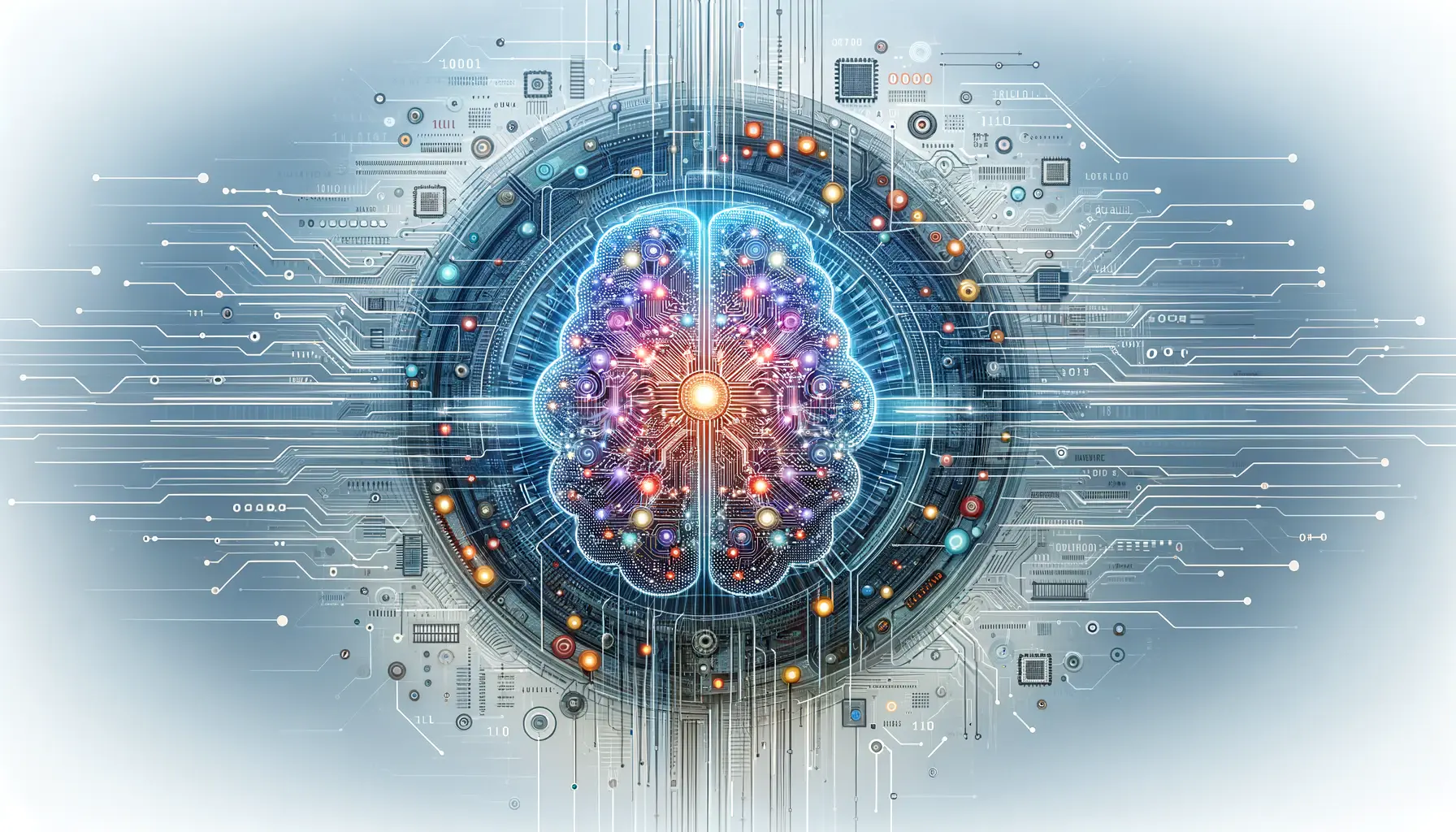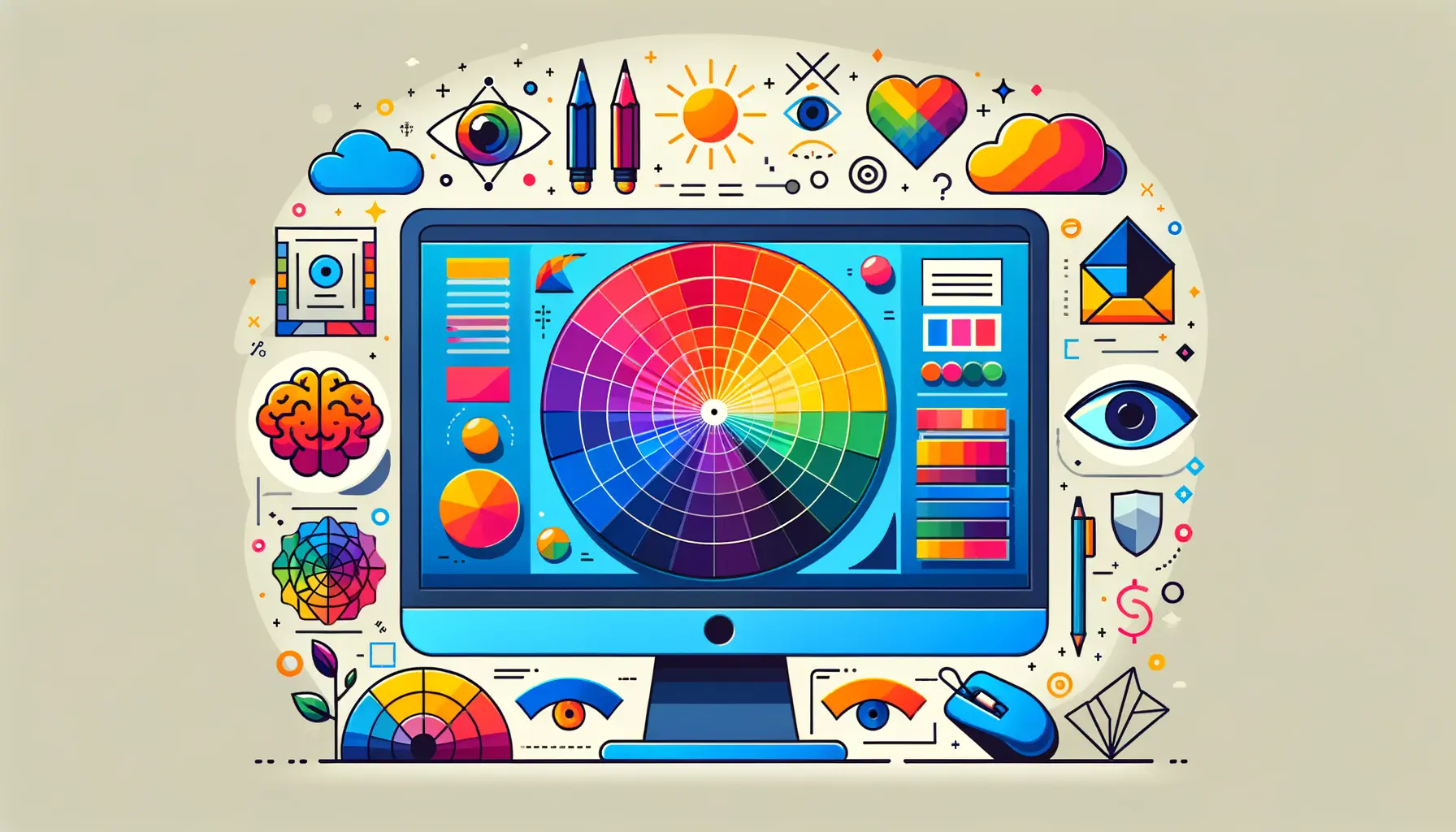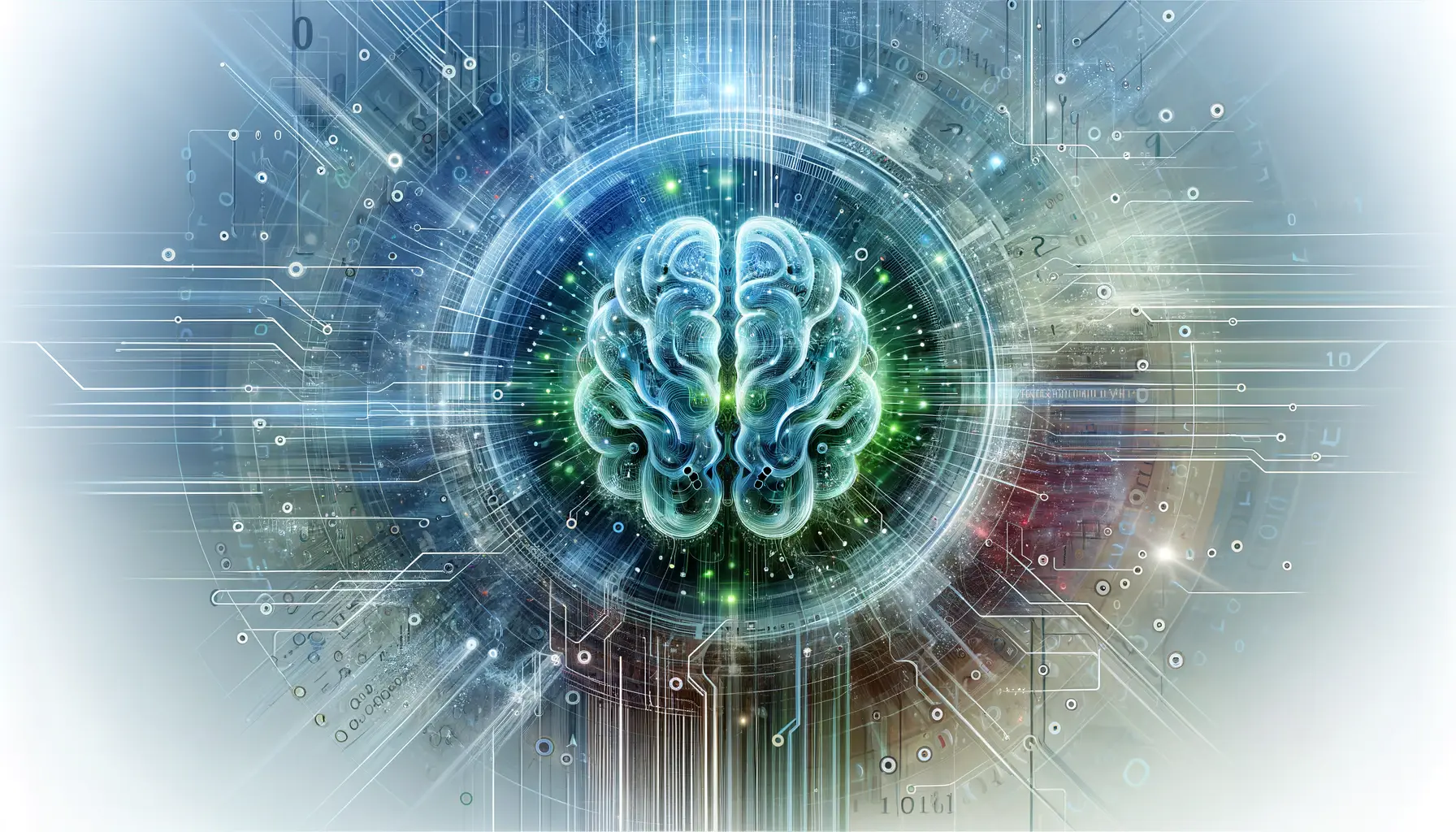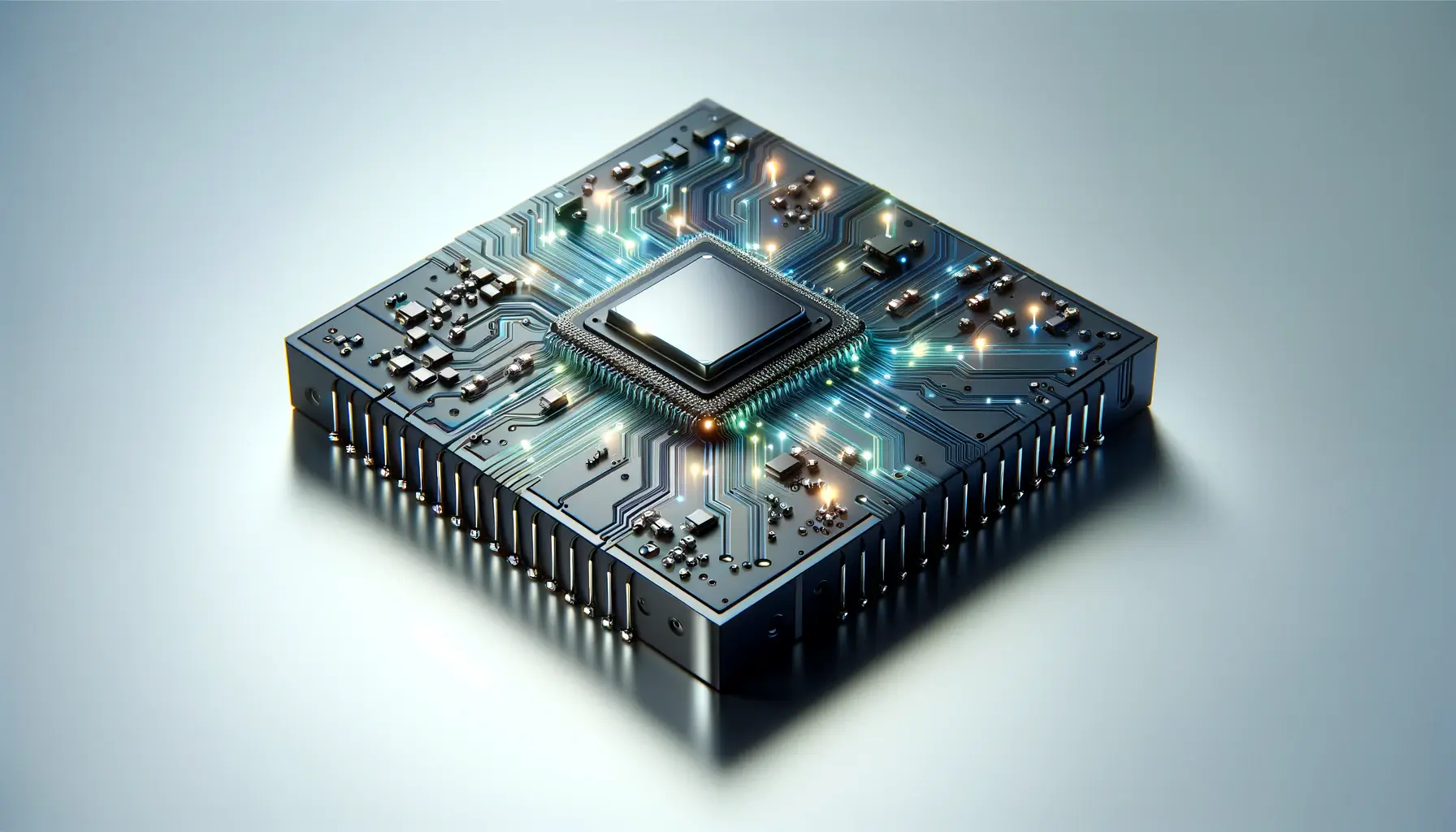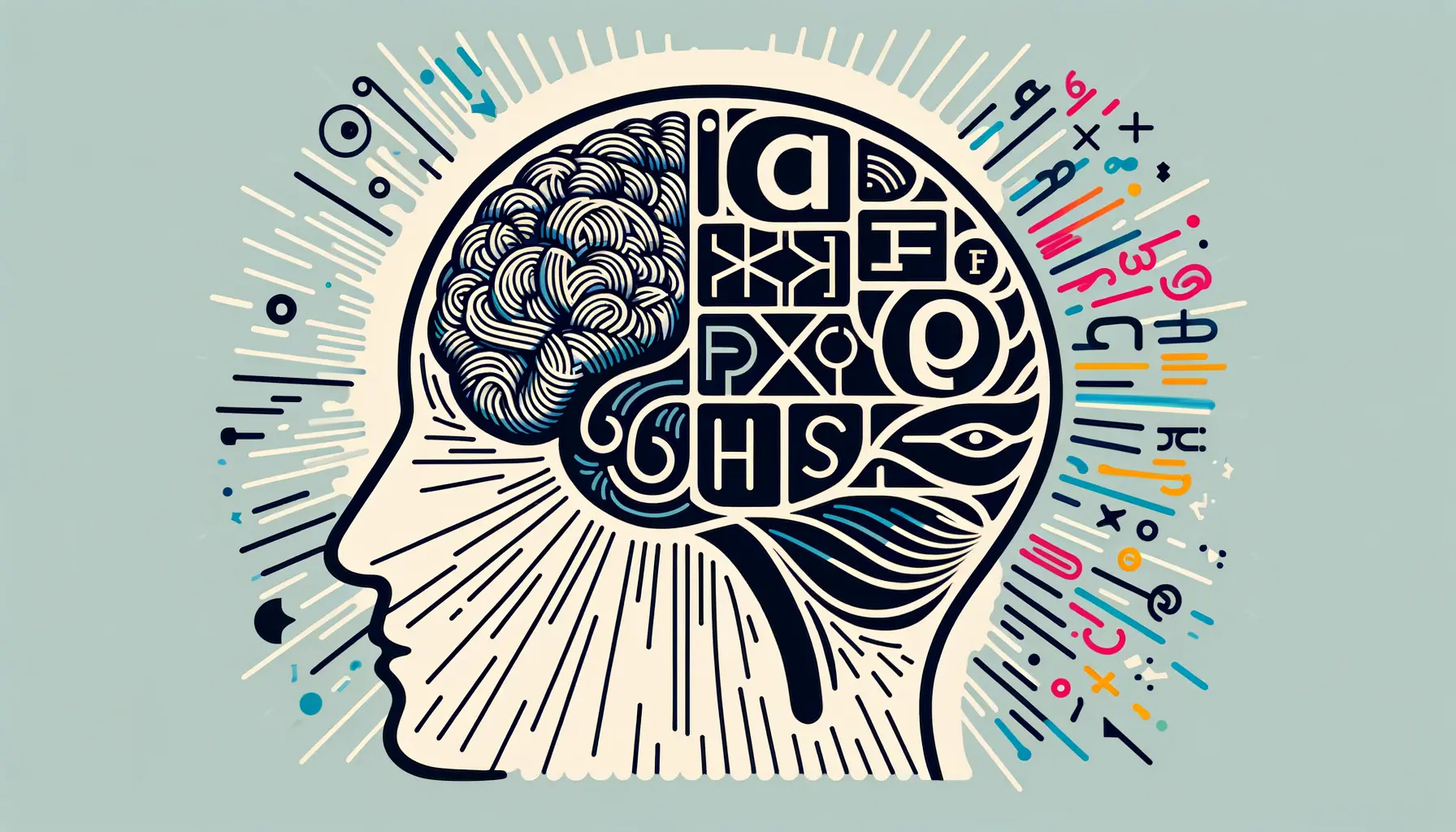The realm of artificial intelligence (AI) is ever-evolving, with breakthroughs and innovations continually reshaping what we thought possible.
At the forefront of this revolution is Grok AI, a name that has become synonymous with cutting-edge technology and groundbreaking AI models.
The science behind Grok AI’s models is not just a testament to the advancements in machine learning and neural networks but also a beacon of the potential future applications of AI in various sectors.
Grok AI, developed by xAI, a company known for pushing the boundaries of AI research, stands out for its unique approach to machine learning.
The company’s focus on creating models that not only understand but also generate human-like text has set new standards in the field.
This article delves into the intricate science that powers Grok AI, exploring the mechanisms, algorithms, and technologies that make it one of the most talked-about AI systems today.
- Understanding Grok AI’s Foundation
- Advancements in Training Techniques
- Real-world Applications of Grok AI
- Integrating Grok AI into Business Operations
- Challenges and Ethical Considerations
- Future Directions of Grok AI
- Enhancing AI Accessibility and User Experience
- Embracing the Future with Grok AI
- Grok AI FAQs
Understanding Grok AI’s Foundation
Large Language Models at Core
At the heart of Grok AI’s prowess lies its large language models (LLMs).
These models are trained on vast datasets comprising texts from a wide array of sources, enabling them to grasp the nuances of human language.
The training process involves feeding these models with terabytes of text data, from which they learn patterns, syntax, semantics, and even the subtleties of different writing styles.
This extensive training is what allows Grok AI to generate responses that are not only relevant but also remarkably human-like in their construction.
The underlying technology of Grok AI’s models is based on transformer neural networks, a type of architecture that has revolutionized natural language processing (NLP).
Transformers are adept at handling sequences of data, making them ideal for tasks involving language understanding and generation.
By leveraging attention mechanisms, Grok AI’s models can focus on relevant parts of the input data, enhancing their ability to comprehend and generate coherent and contextually appropriate responses.
Custom Tech Stack for Enhanced Performance
Grok AI’s development team has built a custom tech stack that significantly contributes to the models’ efficiency and effectiveness.
This stack, comprising Kubernetes for orchestration, JAX for machine learning, and Rust for programming, enables the rapid development and deployment of AI models.
The choice of these technologies reflects xAI’s commitment to innovation, allowing for scalable and flexible AI solutions that can adapt to the ever-changing landscape of AI research and application.
The integration of these advanced technologies facilitates Grok AI’s ability to process and analyze data at an unprecedented scale.
This capability is crucial for training the models on diverse datasets, ensuring they are well-rounded and capable of understanding a wide range of topics.
Furthermore, the tech stack’s efficiency and scalability mean that Grok AI can continuously evolve, incorporating new data and learning from interactions to improve over time.
The science behind Grok AI’s models is a blend of advanced machine learning algorithms, a custom tech stack, and extensive data training, setting a new benchmark in AI’s capability to understand and generate human-like text.
Advancements in Training Techniques
The training methodologies employed by Grok AI are a significant factor in its success.
These techniques are not just about processing vast amounts of data but also about how that data is interpreted, understood, and utilized to improve the model’s performance.
Advanced training techniques such as supervised learning, unsupervised learning, and reinforcement learning play pivotal roles in refining the model’s accuracy and efficiency.
Supervised learning involves training the model on a labeled dataset, where each piece of data comes with a correct answer or outcome.
This method is crucial for teaching the model the correct responses to various inputs.
Unsupervised learning, on the other hand, allows the model to explore data without predefined labels, encouraging it to identify patterns and relationships on its own.
Reinforcement learning further enhances Grok AI’s capabilities by allowing it to learn from its interactions, adjusting its actions based on feedback to maximize the desired outcome.
Continuous Learning and Adaptation
Grok AI’s models are designed to continuously learn and adapt, a feature that sets them apart from many other AI systems.
This continuous learning process is facilitated by:
- Feedback Loops: Incorporating user feedback to refine and adjust the model’s responses.
- Real-time Data Analysis: Analyzing new data sources to stay updated with current information and trends.
- Model Fine-tuning: Regularly updating the model’s parameters to improve its understanding and output quality.
Challenges in AI Training
Training AI models, especially those as complex as Grok AI, comes with its set of challenges.
These include:
- Data Bias: Ensuring the training data is diverse and unbiased to prevent skewed or unfair outcomes.
- Computational Resources: Managing the substantial computational power required for training large models.
- Overfitting: Avoiding overfitting, where the model performs well on the training data but poorly on new, unseen data.
Addressing these challenges is crucial for the development of AI models that are not only powerful and efficient but also fair and reliable.
Grok AI’s approach to training and continuous improvement reflects a commitment to overcoming these hurdles, ensuring that the models it develops are at the forefront of AI technology.
Effective training and continuous adaptation are key to Grok AI’s success, involving sophisticated methodologies and the overcoming of significant challenges to ensure the models’ effectiveness and reliability.
Real-world Applications of Grok AI
The practical applications of Grok AI are as diverse as they are impactful, demonstrating the model’s versatility across various industries.
From enhancing customer service to driving innovation in healthcare, Grok AI’s models are proving to be invaluable assets in the digital age.
The ability to understand and generate human-like text enables these models to perform tasks that were once thought to be the exclusive domain of humans.
Here are some key sectors where Grok AI is making significant strides:
- Customer Support: Automating responses to customer inquiries, reducing wait times, and improving overall customer satisfaction.
- Content Creation: Assisting in generating written content, from articles to marketing copy, streamlining the creative process.
- Healthcare: Providing support in diagnosing conditions, suggesting treatments, and even assisting in medical research by analyzing vast datasets.
- Education: Offering personalized learning experiences, tutoring support, and automating administrative tasks for educators.
- Finance: Analyzing market trends, managing personal finances, and automating routine tasks in banking and investment.
Enhancing Customer Service
In the realm of customer service, Grok AI’s impact is particularly noteworthy.
By automating responses to common inquiries, businesses can offer 24/7 support without the need for human intervention.
This not only improves efficiency but also allows human customer service representatives to focus on more complex and nuanced issues.
Moreover, Grok AI’s ability to learn from interactions ensures that the quality of automated support improves over time, leading to more satisfied customers and reduced operational costs.
Revolutionizing Healthcare
Grok AI’s applications in healthcare are transforming the industry by providing tools that can analyze medical data with unprecedented speed and accuracy.
From assisting in diagnosing diseases based on symptoms to suggesting potential treatments, Grok AI is enhancing the capabilities of medical professionals.
Furthermore, its ability to sift through and make sense of vast amounts of research data can accelerate the pace of medical discoveries, potentially leading to breakthroughs in treatments and therapies.
The versatility of Grok AI’s models across various sectors underscores the transformative potential of AI in the modern world, offering solutions that are not only efficient but also increasingly sophisticated and personalized.
Integrating Grok AI into Business Operations
The integration of Grok AI into business operations marks a significant shift towards more efficient, automated, and intelligent systems.
Companies across various industries are leveraging Grok AI’s capabilities to streamline processes, enhance decision-making, and provide unprecedented levels of customer service.
This integration involves a strategic approach, ensuring that AI tools complement existing workflows and contribute to achieving business objectives.
Key strategies for integrating Grok AI into business operations include:
- Identifying areas of operation where AI can have the most impact, such as customer service, data analysis, or content creation.
- Training staff on the capabilities and limitations of AI tools, ensuring they can effectively work alongside these technologies.
- Implementing feedback mechanisms to continually improve AI performance based on real-world usage and outcomes.
Optimizing Customer Interactions
One of the most immediate benefits of integrating Grok AI into business operations is the optimization of customer interactions.
By automating routine inquiries and support tasks, businesses can ensure that customers receive timely and accurate responses.
This not only enhances the customer experience but also frees up human resources to focus on more complex and high-value interactions.
Furthermore, Grok AI’s learning capabilities mean that the system continually improves, adapting to new queries and expanding its knowledge base over time.
Driving Data-Driven Decision Making
Another critical area where Grok AI is making a difference is in data analysis and decision-making.
Businesses are inundated with data from various sources, and Grok AI’s models can help make sense of this information, identifying trends, patterns, and insights that might otherwise go unnoticed.
This capability enables companies to make informed decisions quickly, based on data-driven insights rather than intuition or incomplete information.
Whether it’s analyzing market trends, customer behavior, or operational efficiency, Grok AI provides a powerful tool for enhancing business intelligence.
The strategic integration of Grok AI into business operations not only streamlines processes but also provides a competitive edge through optimized customer interactions and data-driven decision-making.
Challenges and Ethical Considerations
While the advancements and applications of Grok AI are undeniably impressive, they also bring to light several challenges and ethical considerations.
As AI technologies become more integrated into our daily lives and business operations, addressing these concerns is crucial for ensuring that these innovations benefit society as a whole without compromising individual rights or ethical standards.
Some of the primary challenges and ethical considerations include:
- Data Privacy and Security: Ensuring that personal and sensitive information used by AI systems is protected against unauthorized access and breaches.
- Bias and Fairness: Addressing inherent biases in AI algorithms that can lead to unfair or discriminatory outcomes.
- Transparency and Accountability: Making AI systems transparent in their decision-making processes and establishing clear accountability for their actions.
- Job Displacement: Mitigating the impact of AI on the workforce, particularly in terms of job displacement and the need for re-skilling.
Ensuring Data Privacy and Security
Data privacy and security are paramount when integrating AI into any system.
Grok AI, with its ability to process vast amounts of information, must adhere to stringent data protection standards.
This involves implementing robust security measures to safeguard data and ensuring compliance with regulations such as GDPR.
Moreover, users should be informed about how their data is used and given control over their information to prevent misuse.
Addressing Bias and Fairness
AI systems, including Grok AI, are only as unbiased as the data they are trained on.
Ensuring fairness requires a concerted effort to identify and eliminate biases in training datasets.
This involves diversifying data sources and implementing algorithms that can detect and correct biased outcomes.
It’s also crucial to have diverse teams working on AI development to bring a wide range of perspectives to the table, further mitigating the risk of biased algorithms.
Navigating the challenges and ethical considerations associated with AI, such as data privacy, bias, and transparency, is essential for harnessing the benefits of technologies like Grok AI responsibly and effectively.
Future Directions of Grok AI
The journey of Grok AI is far from over, with future directions promising even more sophisticated capabilities and broader applications.
As AI technology continues to evolve, Grok AI is poised to lead the charge, pushing the boundaries of what’s possible with machine learning and natural language processing.
The focus on continuous improvement and adaptation ensures that Grok AI will remain at the forefront of AI innovation, addressing emerging challenges and capitalizing on new opportunities.
Anticipated advancements in Grok AI include:
- Enhanced Natural Language Understanding: Further improvements in understanding context, sarcasm, and nuanced human expressions.
- Expanded Knowledge Base: Incorporating a wider array of information sources to provide more comprehensive and accurate responses.
- Increased Personalization: Tailoring interactions to individual users’ preferences, history, and behavior for a more personalized experience.
- Greater Integration: Seamlessly integrating with more platforms and services to offer a unified AI assistant across different aspects of users’ lives.
Breaking New Ground in AI Research
As Grok AI continues to evolve, it is set to break new ground in AI research, particularly in areas like natural language understanding and machine learning efficiency.
By tackling complex challenges such as understanding human emotions and intentions, Grok AI could revolutionize how we interact with technology, making AI assistants more intuitive and helpful than ever before.
Furthermore, advancements in training methodologies could lead to more efficient models that require less computational power, making AI more accessible and sustainable.
Expanding the Horizon of AI Applications
The future of Grok AI also lies in expanding the horizon of AI applications, venturing into sectors that have yet to fully embrace AI.
From environmental science to humanitarian efforts, Grok AI has the potential to contribute to solving some of the world’s most pressing issues.
By providing advanced data analysis and predictive modeling, Grok AI could aid in climate change research, disaster response, and public health initiatives, demonstrating the far-reaching impact of AI beyond commercial and technological domains.
The misconception that AI’s utility is limited to specific sectors is being challenged by the broad and evolving applications of Grok AI, highlighting its potential to contribute to various fields and global challenges.
Enhancing AI Accessibility and User Experience
The advancement of Grok AI is not solely focused on technological capabilities but also on enhancing accessibility and user experience.
Making AI more accessible to a broader audience and ensuring that interactions with AI are as intuitive and natural as possible are key objectives for the future development of Grok AI.
This commitment to user-centric design is crucial for fostering wider adoption and integration of AI technologies in everyday life.
Strategies for enhancing AI accessibility and user experience include:
- Developing user-friendly interfaces that simplify interactions with AI systems.
- Offering multilingual support to cater to users from different linguistic backgrounds.
- Ensuring AI systems are inclusive and accessible to users with disabilities.
- Providing educational resources to help users understand and effectively utilize AI technologies.
Creating Intuitive AI Interactions
As Grok AI becomes more integrated into various platforms and services, creating intuitive interactions is paramount.
This involves designing conversational interfaces that can understand and respond to a wide range of user inputs, making AI interactions feel more like conversing with a human.
Efforts to reduce the learning curve for new users and to provide context-aware assistance can significantly enhance the overall user experience.
Building Towards a More Inclusive AI Future
Inclusion and accessibility are at the heart of Grok AI’s vision for the future.
By addressing the diverse needs of users and removing barriers to AI adoption, Grok AI aims to democratize access to AI technologies.
This includes not only making AI systems more user-friendly but also ensuring they are ethically designed and deployed.
As AI continues to shape our world, Grok AI’s commitment to inclusivity and user experience will play a vital role in defining the relationship between humans and AI.
The focus on enhancing AI accessibility and user experience is a testament to Grok AI’s commitment to creating technologies that are not only advanced but also inclusive, intuitive, and beneficial for all users.
Embracing the Future with Grok AI
The journey through the science behind Grok AI’s models reveals a landscape where technology not only mimics human intelligence but also augments it, pushing the boundaries of what machines can achieve.
From its foundational architecture to its real-world applications and future directions, Grok AI stands as a beacon of innovation in the AI domain.
As we look towards the horizon, the potential of Grok AI to transform industries, enhance our daily lives, and address complex global challenges is both exciting and profound.
The Path Forward
The evolution of Grok AI is not just a testament to technological advancement but also a reflection of our growing understanding of artificial intelligence.
As Grok AI continues to develop, it promises to bring about a new era of AI that is more intuitive, accessible, and beneficial for humanity.
The commitment to overcoming challenges and ethical considerations further underscores the responsible approach towards AI development and deployment.
Key Takeaways
- Grok AI’s models leverage advanced machine learning algorithms and a custom tech stack to understand and generate human-like text, setting new standards in AI.
- Its applications across customer service, healthcare, education, and more, showcase the versatility and transformative potential of Grok AI.
- The integration of Grok AI into business operations signifies a shift towards more intelligent, automated systems that can drive efficiency and innovation.
- Addressing challenges and ethical considerations remains paramount to ensure the benefits of Grok AI are realized without compromising individual rights or societal values.
- The future directions of Grok AI, focusing on enhanced natural language understanding, expanded knowledge bases, and increased personalization, highlight the ongoing commitment to innovation.
- Enhancing AI accessibility and user experience is crucial for making Grok AI a technology that benefits all segments of society.
In conclusion, the science behind Grok AI’s models is a fascinating journey into the heart of artificial intelligence, showcasing the incredible potential of AI to mimic and extend human capabilities.
As Grok AI evolves, it promises to redefine our interaction with technology, making AI an integral part of our future.
The ongoing commitment to innovation, ethical considerations, and enhancing user experience ensures that Grok AI will continue to lead the way in AI development, making the future of AI not just a technological revolution, but a human-centric evolution.
Grok AI FAQs
Explore the most common inquiries about Grok AI, offering insights into its capabilities, applications, and future directions.
Grok AI is an advanced AI developed by xAI, designed to understand and generate human-like text, enhancing various digital interactions.
It uses large language models trained on extensive datasets to process and generate text, simulating human-like conversations.
Yes, by automating responses and providing 24/7 support, it significantly enhances customer interaction and satisfaction.
Absolutely, Grok AI is designed with user-friendly interfaces to ensure ease of use for individuals regardless of their technical background.
Healthcare, education, finance, and customer service are among the many sectors that can leverage Grok AI’s capabilities.
Grok AI adheres to strict data protection standards, ensuring user data is securely managed and privacy is maintained.
Yes, it can assist in generating a wide range of written content, from articles to marketing materials, streamlining the creative process.
Future developments include enhanced natural language understanding, expanded knowledge bases, and increased personalization.
